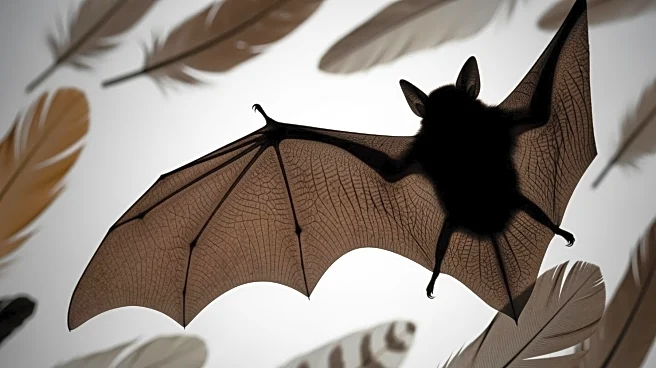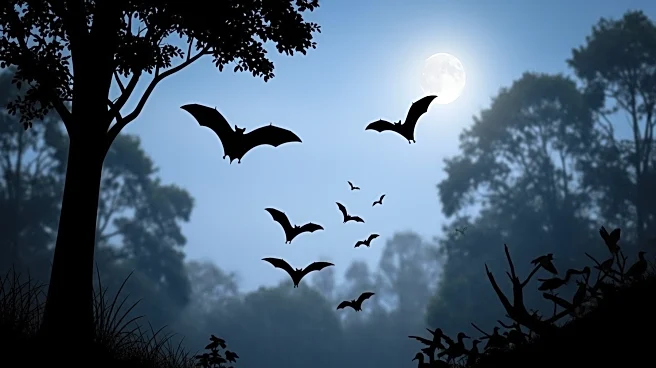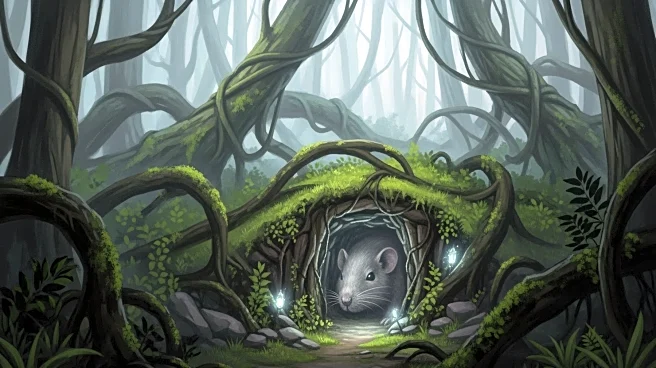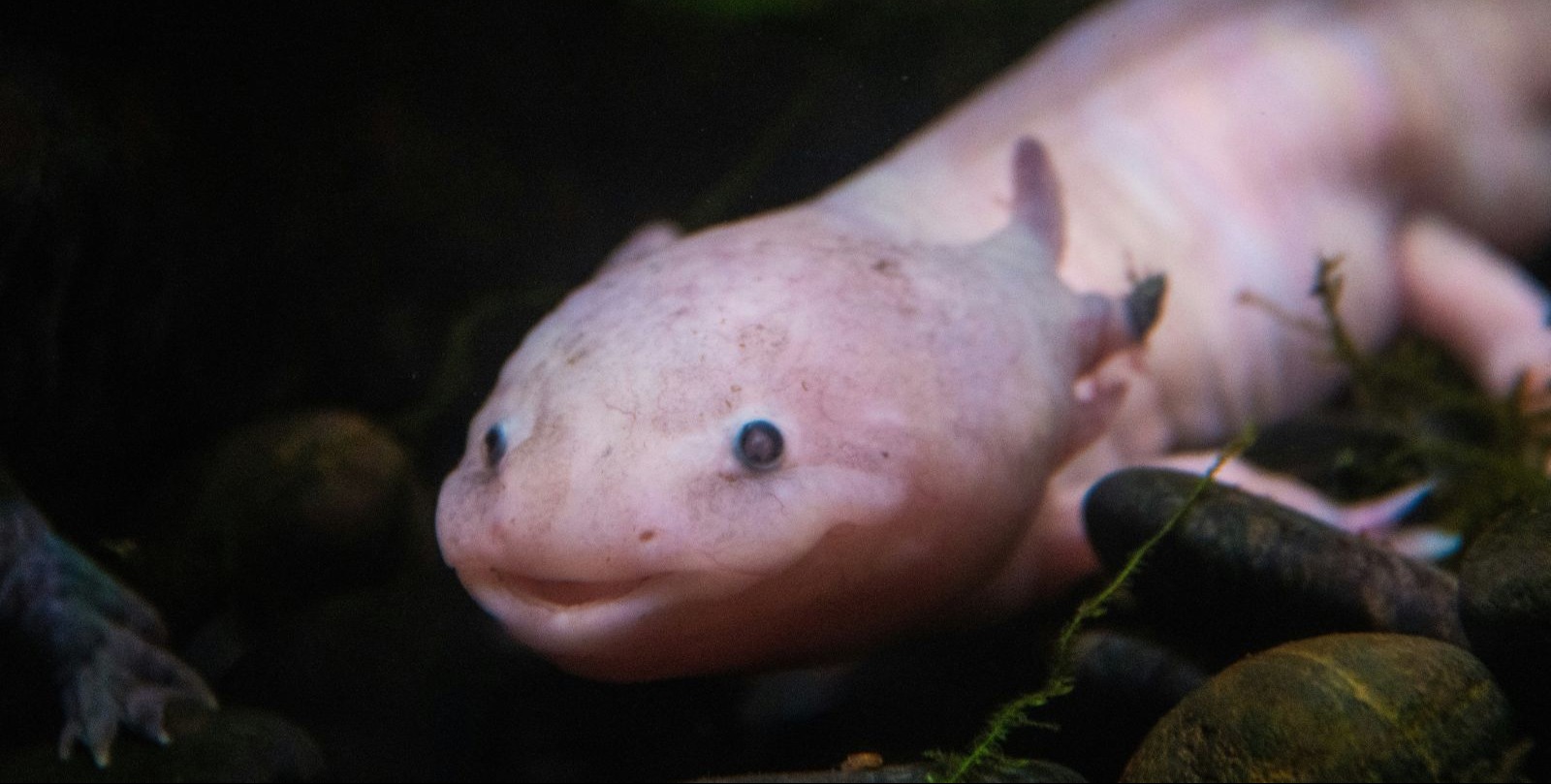What's Happening?
A study led by Elena Tena, a biologist at Doñana Biological Station in Seville, Spain, has revealed new insights into how greater noctule bats hunt birds. These bats, known for their large wingspan and
minimal weight, are the largest of the three bat species that prey on birds. The research involved attaching ultra-light sensors to the bats to track their movements and hunting behaviors. The sensors, weighing around four grams, recorded sound, altitude, and acceleration, providing a detailed picture of the bats' nocturnal activities. This study marks a significant advancement in understanding the predatory habits of bats, which typically hunt insects but occasionally target birds.
Why It's Important?
The findings of this study are crucial for understanding the ecological impact of bat predation on bird populations. As bats are known to hunt at night using echolocation, the study provides insights into how birds might adapt their anti-predator behaviors. This research could influence conservation strategies for both bats and birds, as it highlights the complex interactions within ecosystems. Additionally, the technological advancements in sensor miniaturization could pave the way for further studies on other nocturnal predators, enhancing our understanding of their roles in biodiversity.
What's Next?
Future research may focus on the broader ecological implications of bat predation on bird populations, potentially influencing conservation policies. Scientists might explore how birds adapt to avoid bat predation, which could lead to new insights into avian behavior and survival strategies. The study's findings could also prompt further technological innovations in wildlife tracking, enabling more detailed studies of nocturnal animal behaviors.
Beyond the Headlines
The study raises ethical considerations regarding the use of technology in wildlife research, balancing the need for data with the potential impact on animal welfare. It also highlights the importance of interdisciplinary collaboration in advancing ecological research, combining biology with technological innovation.














